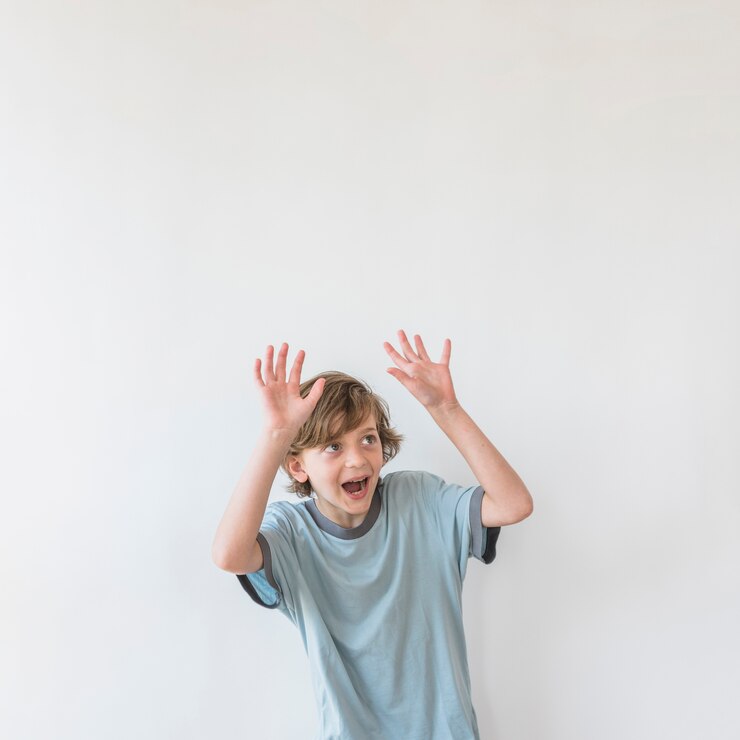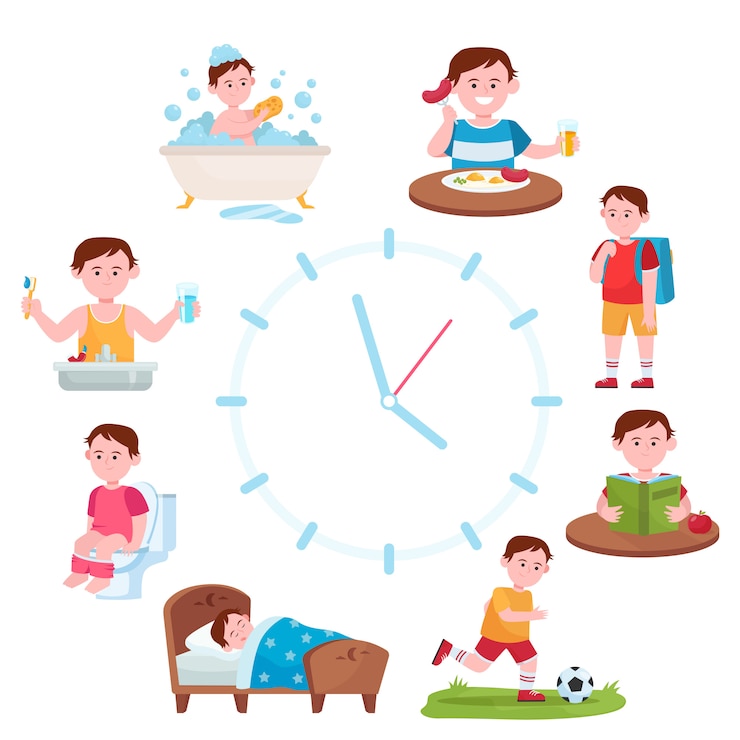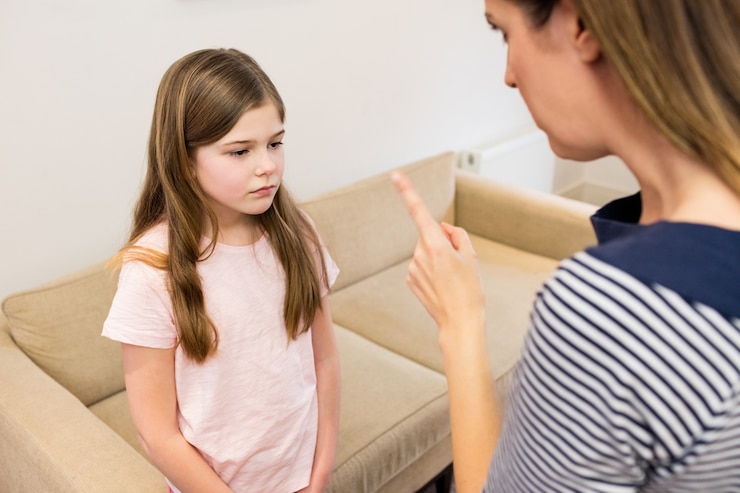
Anxiety in children can appear early, and sometimes it’s easy to notice, while other times it’s more subtle. Here are 10 signs of anxiety in kids that you might overlook.
### Table of Contents
**”Could my child be anxious?”**
This is a common question from parents when they visit my therapy office to better understand their child’s puzzling actions. Typically, parents have tried using rewards or consequences to manage these behaviors, only to find them persisting or worsening. It’s completely understandable that parents might not recognize the signs of anxiety in children because our usual idea of a stressed child might not align with reality.
Imagine an anxious child—do you picture a young child clinging to their parent on the first day of school? Parents often share their surprise when I suggest that their child’s so-called ‘misbehaviors’ are actually signs of distress.
When under stress, our nervous system reacts, and a child’s brain in fight-or-flight mode may look like a defiant child refusing to listen. Our bodies react to perceived threats as if they are real, which is a hallmark of anxiety.
The brain’s emotion center, the amygdala, is designed to protect us with survival instincts. But when factors like genetics, environment, or temperament lead to an overreactive amygdala, the brain struggles to differentiate real threats from imagined ones. When this overactivity becomes frequent, children might display survival instinct-type behaviors.
Here are 10 signs of anxiety in children that often confuse parents but are rooted in the fight-flight-freeze response:
Parents are frequently puzzled by emotional outbursts, yet it makes sense when living with ongoing anxiety. If the brain’s emotion center is overactive, as it is with anxiety, a child is likely to be more irritable and reactive.
**Related read >** [Anger Management for Kids: A Therapist’s No-Fail Guide to Calm]
Ever heard a child ask, “How long until we get there?” If asked repeatedly over a short trip, it’s a sign of anxiety. Uncertainty is uncomfortable for anxious kids, and they might cope by constantly seeking information.
Questions like, “Will I make friends at soccer?” or “Are you sure I won’t miss you at camp?” reflect a child’s need for reassurance, a common trait in generalized anxiety and OCD. These questions aim to relieve uncomfortable, recurring anxious thoughts.
**Check out >** [75 Calm Down Strategies for Kids (they’ll want to try!)]
Anxiety triggers physiological changes, like the ‘butterfly effect,’ where digestion slows to conserve energy, sending more blood to the brain. This explains why anxious kids often complain of stomach aches.
**Related >** [5 Ways to Lower Your Child’s Anxiety Today]
Avoidance is another coping strategy for anxiety, which can look like defiance. Common examples are declarations of “I’m not doing that!” or “You can’t make me!” These behaviors stem from a child’s attempt to regain control when feeling overwhelmed.
**Want practical tools to help your child handle worries? Get my ‘Calm Kids Set’ at 40% off for a limited time.**
Quiet times are ripe for anxious thoughts, making it hard for kids to relax and sleep. Night waking is also common, as anxiety keeps the brain hypervigilant to stimuli like noises or scary dreams.
**Need help for your child’s anxiety?** I recommend courses from Natasha Daniels, a childhood anxiety specialist.
Chronic stress keeps a child’s brain in survival mode, overactivating the amygdala and impairing the ‘thinking brain’ in the frontal lobe. This hinders tasks needing focus, impulse control, and organization.
Tears might flow unexpectedly, like during bedtime routines or school preparation. Such emotional releases are often triggered by common challenges.
A child hiding under the bed or their desk might simply be trying to escape overwhelming situations—a survival response from their overactive brain.
**Related >** [100 Everyday Ways to Strengthen Your Child’s Mental Health]
Children might resist going to school because having a caregiver nearby temporarily calms anxiety. The prospect of being ‘on their own’ at school often overwhelms them.
It’s easy to misinterpret these behaviors as intentional when they’re actually signs of anxiety. Understanding the neurological roots of anxiety clarifies that these are symptoms, not behavioral problems.
While every child may exhibit some of these behaviors occasionally, a treatable anxiety disorder significantly affects a child’s daily functioning in many settings. If you suspect your child may have anxiety, remember it’s common and treatable with appropriate support.
As Karen Young from Hey Sigmund beautifully says, “Anxiety is the work of a strong, healthy brain that’s a little overprotective.”
**Other Helpful Resources:**
If your child has anxiety, consider Karen Young’s book, ‘Hey Warrior,’ which explains anxiety to kids with beautiful words and pictures.
This article was first published on 10/18/2018 and has been updated.
**Give Your Child the Skills for Life**
Join over 30,000 parents who receive the Parents with Confidence weekly newsletter. Get a 5-day FREE parenting course where you’ll learn:
– How to protect your child’s self-esteem
– How to gain your child’s cooperation
– The most valuable future skill for your child
– How to discipline without emotional harm
**JOIN + SEND MY E-COURSE!**
We promise not to spam you. Unsubscribe anytime. Built with Kit.



